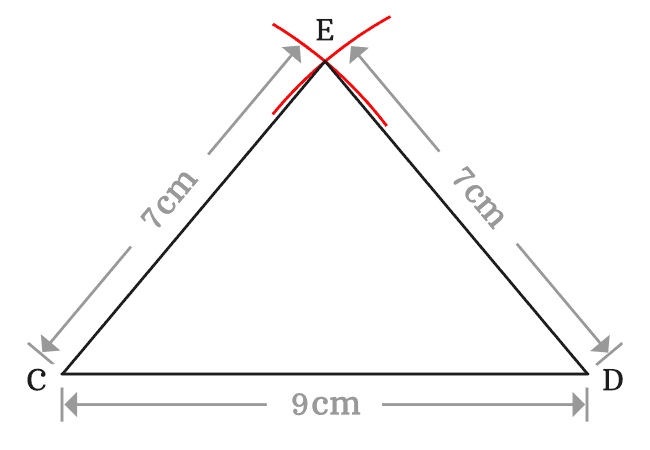

Look at Figure 3 .įigure 3 A diagonal of a square helps create two congruent isosceles right triangles. Method 1: The diagonal of a square divides it into two congruent isosceles right triangles. Using the Pythagorean Theorem and the fact that the legs of this right triangle are equal,Įxample 2: If the diagonal of a square is 6, find the length of each of its sides. Method 1: Using the ratio x : x : x for isosceles right triangles, then x = 3, and the other sides must be 3 and 3. The ratio of the sides of an isosceles right triangle is always 1 : 1 : or x : x: x (Figure 2 ).įigure 2 The ratios of the sides of an isosceles right triangleĮxample 1: If one of the equal sides of an isosceles right triangle is 3, what are the measures of the other two sides? (The right angle cannot be one of the equal angles or the sum of the angles would exceed 180°.) Therefore, in Figure 1 , Δ ABC is an isosceles right triangle, and the following must always be true. It has two equal sides, two equal angles, and one right angle. An isosceles right triangle has the characteristic of both the isosceles and the right triangles. Angles may be inscribed in the circumference of the circle or formed by intersecting chords and other lines. Summary of Coordinate Geometry FormulasĬentral angles are probably the angles most often associated with a circle, but by no means are they the only ones.Slopes: Parallel and Perpendicular Lines.Similar Triangles: Perimeters and Areas.Proportional Parts of Similar Triangles.Formulas: Perimeter, Circumference, Area.Proving that Figures Are Parallelograms.Triangle Inequalities: Sides and Angles.Special Features of Isosceles Triangles.Classifying Triangles by Sides or Angles.Lines: Intersecting, Perpendicular, Parallel.It is the only triangle that has angles in the proportion 1:1:2 and has angles of 36°, 72°, and 72°. The golden triangle is an acute isosceles triangle where the ratio of twice the the side to the base side is the golden ratio.The Morley triangle is a special equilateral (and thus acute) triangle that is formed from any triangle where the vertices are the intersections of the adjacent angle trisectors.If C is the greatest angle and h c is the altitude from vertex C, then the following relation for altitude is true for an acute triangle:įor an acute tirangle with angles A, B, and C: In an acute triangle, the following is true for the length of the sides:Ī 2 + b 2 > c 2, b 2 + c 2 > a 2, c 2 + a 2 > b 2 The longest side of an acute triangle is opposite the largest angle.Acute triangles can be isosceles, equilateral, or scalene.Any triangle in which the Euler line is parallel to one side is an acute triangle.

The other two vertices of a square are on the two remaining sides of the acute triangle. Each square coincides with a part of a triangle side. An acute triangle has three inscribed squares.An equilateral triangle has three sides of equal length and three equal angles of 60°. All equilateral triangles are acute triangles.In other words, all of the angles in an acute triangle are acute. Sam Edwards/Getty Images Acute Triangle DefinitionĪn acute triangle is defined as a triangle in which all of the angles are less than 90°. The smallest perimeter triangle with integer length sides is obtuse, with sides 2, 3, and 4.The Calabi triangle is the only non-equilateral triangle where the largest square fitting in the interior can be positioned in three different ways.

To find the height of an obtuse triangle, you need to draw a line outside of the triangle down to its base (as opposed to an acute triangle, where the line is inside the triangle or a right angle where the line is a side).įor an obtuse triangle with angles A, B, and C:


 0 kommentar(er)
0 kommentar(er)
